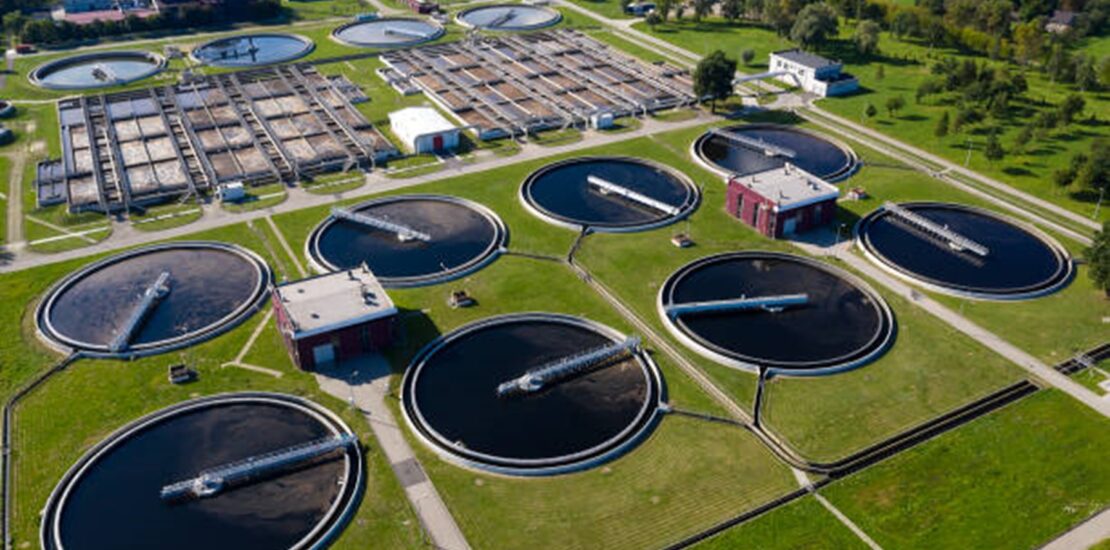- April 24, 2023
- Posted by: iahadmin
- Category: Water Treatment

Water is a precious resource that we cannot survive without. However, with the increase in industrialization and urbanization, water pollution has become a major concern. Polluted water is hazardous to human health and the environment. To ensure safe and clean water, water treatment is necessary. Chemicals play a crucial role in the purification of water, making it safe for consumption. This article explores the importance of chemicals in water treatment, the types of chemicals used, and their role in water purification.
Understanding Water Treatment
Water treatment is the process of removing impurities and contaminants from water to make it safe for consumption. The process involves various stages, including coagulation, sedimentation, filtration, and disinfection. Coagulation involves adding chemicals to water to help impurities clump together, making it easier to remove them. Sedimentation is the process of allowing the impurities to settle at the bottom of the container. Filtration involves passing water through a filter to remove any remaining impurities. Disinfection is the process of killing harmful bacteria and viruses in the water.
The Importance of Chemicals in Water Purification
Chemicals play a vital role in water purification. They help in the coagulation and sedimentation process, making it easier to remove impurities. Chemicals also play a critical role in disinfection, ensuring that water is free from harmful bacteria and viruses. Without chemicals, it would be impossible to purify water effectively.
Types of Chemicals Used in Water Treatment
Flocculants
Flocculants are chemicals that help impurities in water to clump together, making it easier to remove them. They are commonly used in the coagulation process. Examples of flocculants include polyaluminium chloride, ferric chloride, and ferric aluminium sulfate.
Biocides
Biocides are essential agents in water treatment. They are used to kill harmful bacteria and viruses in the water. Examples of biocides include chlorine, chlorine dioxide, and sodium hypochlorite. Algaecide is another type of biocide used to eliminate algae in the water.
Coagulants
Coagulants are the primary agents in water clarification. They help impurities in the water to clump together, making it easier to remove them. Examples of coagulants include calcium hydroxide, non-ferric aluminium sulfate, and ferric chloride.
Disinfectants
Disinfectants are used to eliminate harmful bacteria and viruses in the water. Examples of disinfectants include sodium hypochlorite and chlorine dioxide.
Neutralizing Agents
Neutralizing agents are used to balance the pH in the water. Examples of neutralizing agents include soda ash and sodium bicarbonate.
Oxidants
Oxidants are used to eliminate organic pollutants in the water. Examples of oxidants include hydrogen peroxide and Sodium Dichloroisocyanurate Dihydrate.
Conclusion
Water treatment is essential to ensure safe and clean water for consumption. Chemicals play a vital role in water purification, helping to remove impurities and contaminants from the water. The different types of chemicals used in water treatment include flocculants, biocides, coagulants, disinfectants, neutralizing agents, and oxidants. Each type of chemical has a specific role in water treatment, making it possible to purify water effectively. The future of water treatment looks promising, with new and more effective chemicals being developed to ensure safe and clean water for consumption.
IBN AL HAJ CHEMICALS offers a range of water treatment chemicals, we invite you to contact us to discuss how we can help meet your chemical needs.
